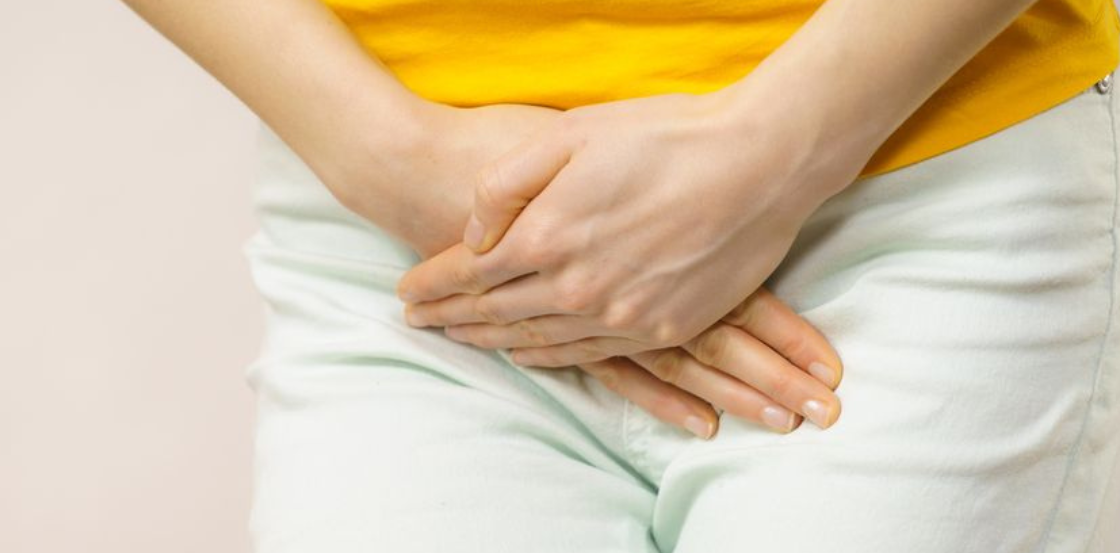Post link copied to clipboard!

When you’re thinking about your vulval health, understanding vulval disorders is essential for maintaining overall well-being. The vulva, comprising the external female genitalia, can be susceptible to various conditions that may lead to discomfort, pain, and emotional distress.
This comprehensive blog will explore the most common, symptoms, causes, diagnosis, and potential treatment options.
Vulval disorders encompass a range of medical conditions affecting the external genital area in women. These disorders can cause itching, burning, pain, and changes in appearance. Proper awareness, accurate diagnosis, and timely intervention are pivotal to managing these conditions effectively.
One of the most prevalent vulval disorders is vulvovaginal candidiasis (known as a yeast infection). This condition occurs due to an overgrowth of Candida yeast in the vaginal area. Some symptoms include itching, soreness, and a thick white discharge.
Hormonal changes, antibiotics, and compromised immune systems can contribute to its occurrence by involving antifungal medications and adopting good hygiene practices.
Lichen sclerosus is a chronic inflammatory disorder that primarily affects the skin vulval disorder. It can cause itching, discomfort, and changes in skin texture The exact cause is unclear, but autoimmune factors may play a role.
Early diagnosis is crucial, as lichen sclerosus can increase the risk of skin thinning and scarring. Doctors frequently prescribe topical steroids and emollients.
Vulvar dermatitis encompasses various skin conditions leading to inflammation and irritation. Contact dermatitis can result from exposure to irritants like soaps, perfumes, or laundry detergents. On the other hand, Atopic dermatitis involves a genetic predisposition to allergies.
Symptoms include redness, itching, and a burning sensation. Avoiding triggers, applying emollients, and, in severe cases, using topical steroids are typical strategies for alleviating symptoms.
Lichen planus is an immune-mediated disorder that can affect the vulva, causing discomfort and pain. It presents as white, lacy patches on the skin and can lead to erosions. While the exact cause remains unclear, vulval disorder treatment researchers and conditions believe genetic and immune factors play a significant role.
Medical professionals often prescribe topical corticosteroids and immunosuppressants as common strategies for managing symptoms and reducing inflammation.
Cysts or abscesses can develop when Bartholin’s glands. The Bartholin’s glands on either side of the vaginal opening can become blocked. These can cause pain, swelling, and difficulty in walking or sitting. In certain instances, drainage may be necessary for the abscess.
Warm compresses and Sitz baths can provide relief, while recurring cysts may necessitate surgical intervention.
Though less common, vulvar cancer is an adverse condition that requires attention. It typically affects older women and can manifest as changes in skin colour, persistent itching, and lump or soreness. Human papillomavirus (HPV) infection and other factors can increase the risk.
Early detection through regular screenings is vital for successful treatment, which may involve surgery, radiation, or chemotherapy.
Understanding Vulval disorders is crucial for maintaining overall well-being. These conditions, ranging from vulvovaginal candidiasis to vulvar cancer, can cause discomfort, pain, and emotional distress. Timely diagnosis and intervention are essential to effective management
If you suspect you have a vulval disorder, treatment, and condition seeking medical advice will ensure appropriate treatment and a better quality of life. Remember, knowledge is the first step towards empowerment and health.